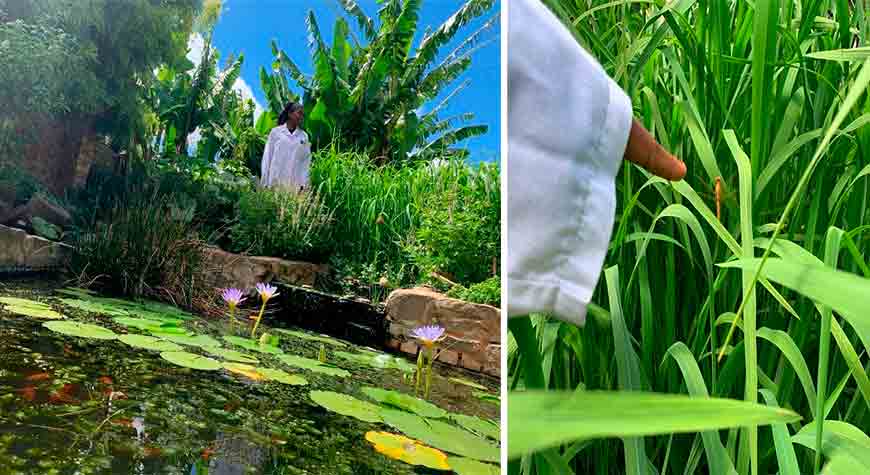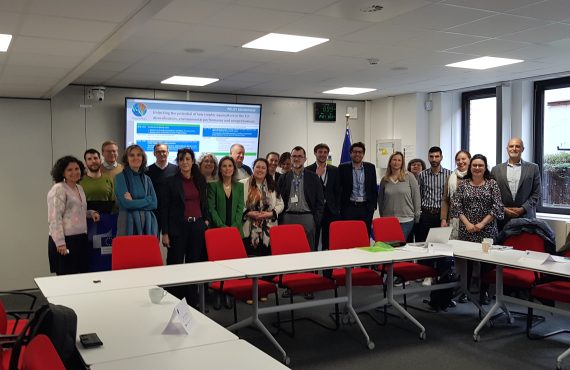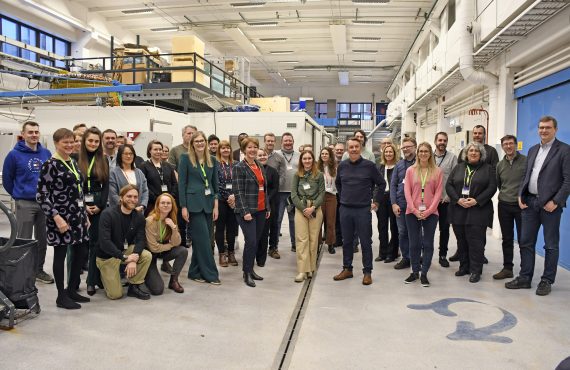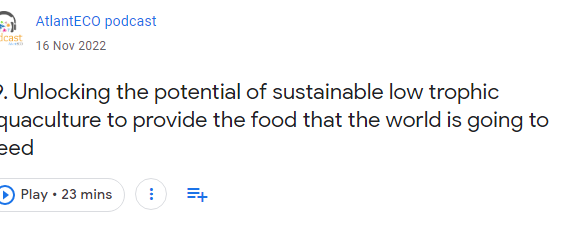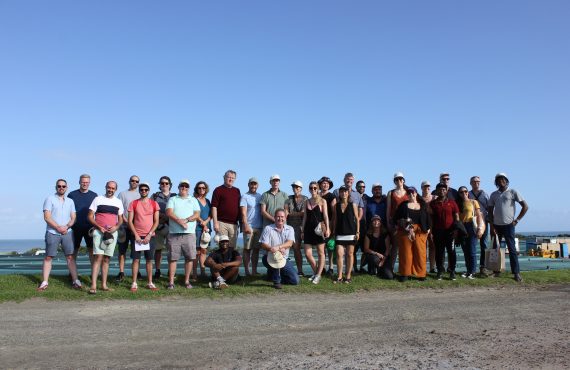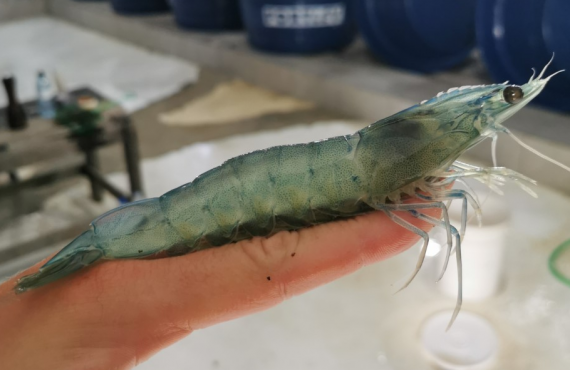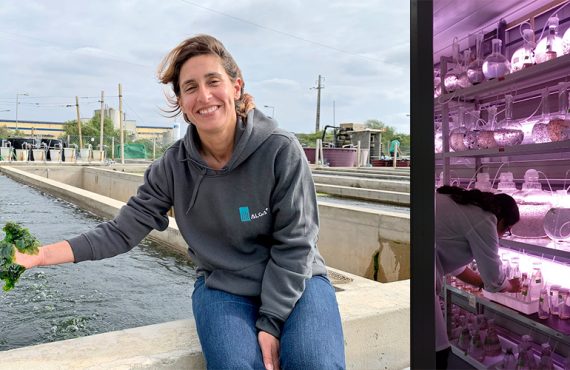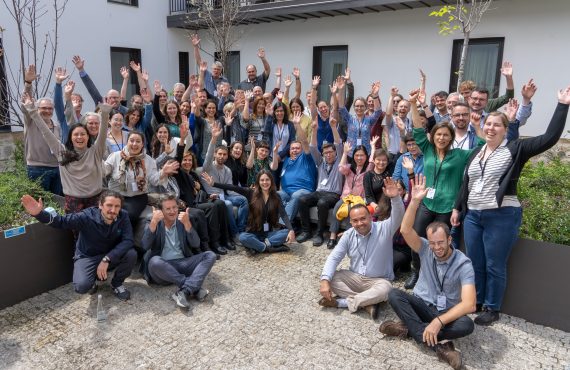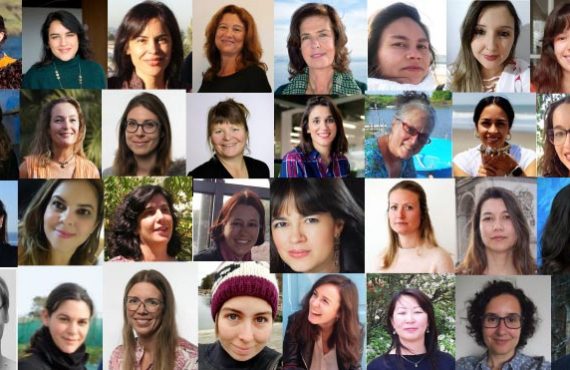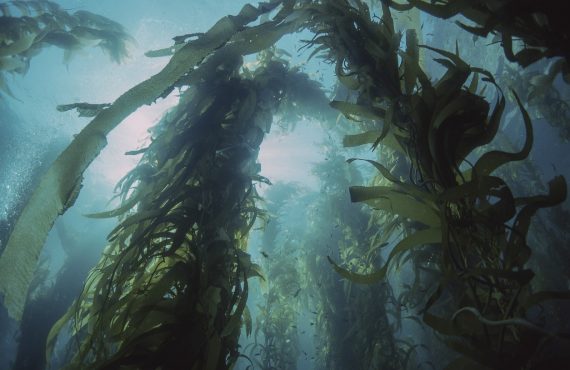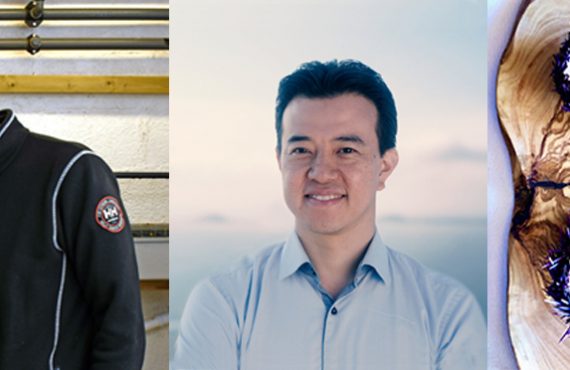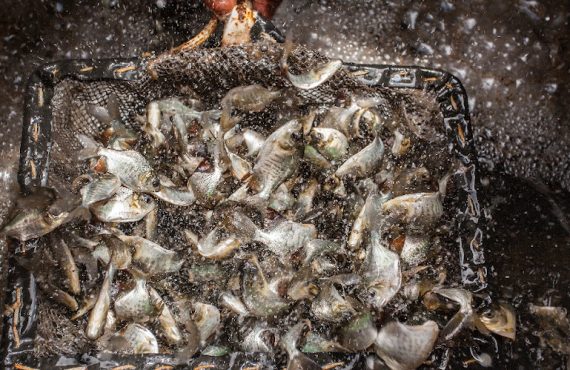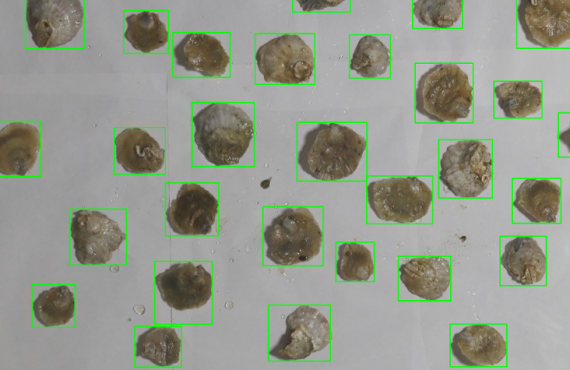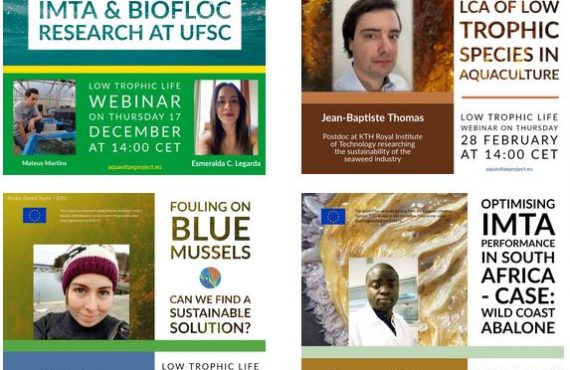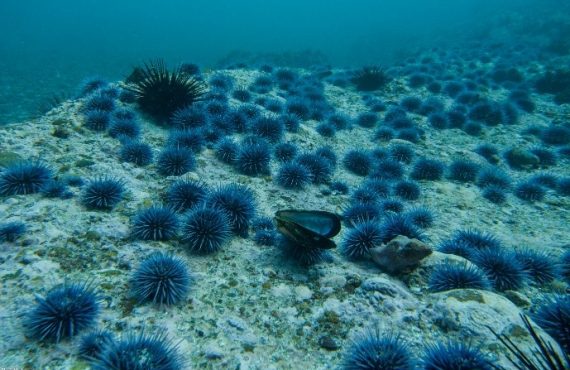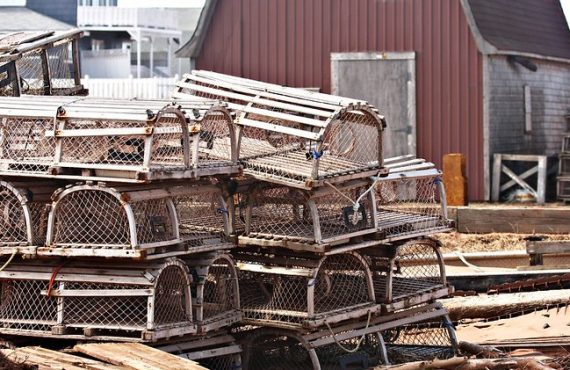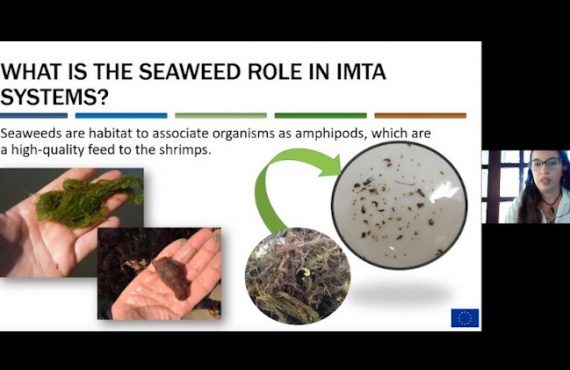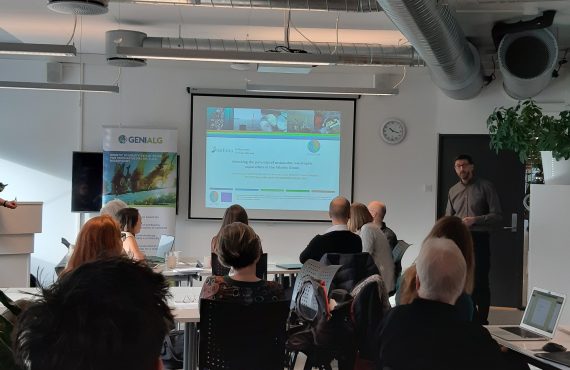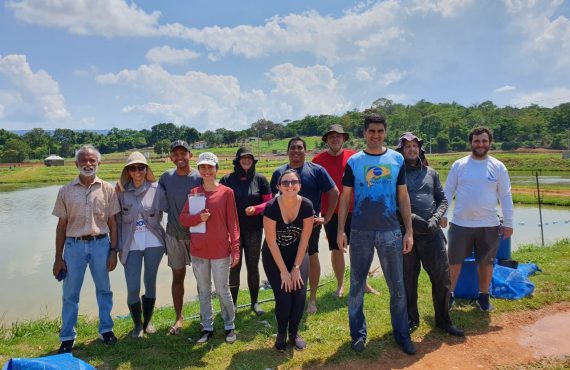Nyiko Mabasa in her IMTA backyard – Photos: Nyiko Mabasa
By Nyiko Mabasa, PhD researcher at Rhodes University, South Africa
Aquaculture is the fastest growing food production sector globally. The sector may contribute to the sustainability of seafood harvests in the future. However, aquaculture operations produce large quantities of waste that result in environmental degradation. Integrated multitrophic aquaculture (IMTA) has the potential to address some of the issues associated with conventional aquaculture.
Actually, there has been increased interest in learning about IMTA within adult populations that may not be able to attend classes to learn about the concept. On top of that, the Covid pandemic has further shown the need for online learning platforms that can be accessible to people in different parts of the world. With these as some of the drivers, the AquaVitae project is developing a massive open online course (MOOC) on sustainable aquaculture for low trophic species. Led by the Arctic University of Norway this task is being done in collaboration with the entire AquaVitae consortium.
This MOOC will be a completely online run masters level course offered in English. Once developed, it will be freely available on the Open edX platform to anyone interested. The course will be completely self-run, as such, student interaction will be compulsory since this is how the pupil will get feedback on their learning.
The module
The module that I am involved in deals precisely with IMTA. It will have four topics that cover subjects such as the concepts and history of this culture system. It will also give information on how to select species, levels of integration as well as relating IMTA to the circular economy.
The three specific types of IMTA operations are: sea based, land based and bio floc IMTA. These case studies will be discussed considering operations made in South Africa, France and Brazil. A comparison among them will show the similarities and differences within IMTA procedures : location, climate, species of culture (abalone, mussels, seaweed, etc.), as well as other technical and scientific requirements will be on the spotlight in order to understand each system and learn how and when do we have to implement them.

Also this module will show some non-conventional forms of IMTA that are operating in South Africa, at a commercial scale, such as the one at South African Breweries (Pty) Ltd shown in the picture above. that used treated brewery wastewater to grow crops and culture fish. Moreover my own backyard IMTA system will be depicted to show how it uses Malawian Kilombero rice in a raceway to treat chicken manure fertilised water, and subsequently utilizes the treated water to grow fish such as Mozambique tilapia (Oreochromis mossambicus).
Assessment
Students that participate in this each module of the MOOC will be required to complete some assessments after going through the material provided in the form of videos, power point presentations, reading documents, websites, etc. These assessments will have different types of questions that may be close ended (quiz type questions) or open ended questions (scenario based or application questions).
All in all, the module on Integrated Multitrophic Aquaculture should help the learners understand the concepts of IMTA as well as its potential applications. If the concepts learned in the IMTA module are applied correctly, the opportunities created may have many benefits such as job creation, food security, economic growth and contribute to environmental sustainability in many communities.
Check the full recording of the webinar
“A module on Integrated Multitrophic Aquaculture in the AquaVitae Massive Open Online Course” was presented by Nyiko Mabasa and recorded on March 24th 2022:



